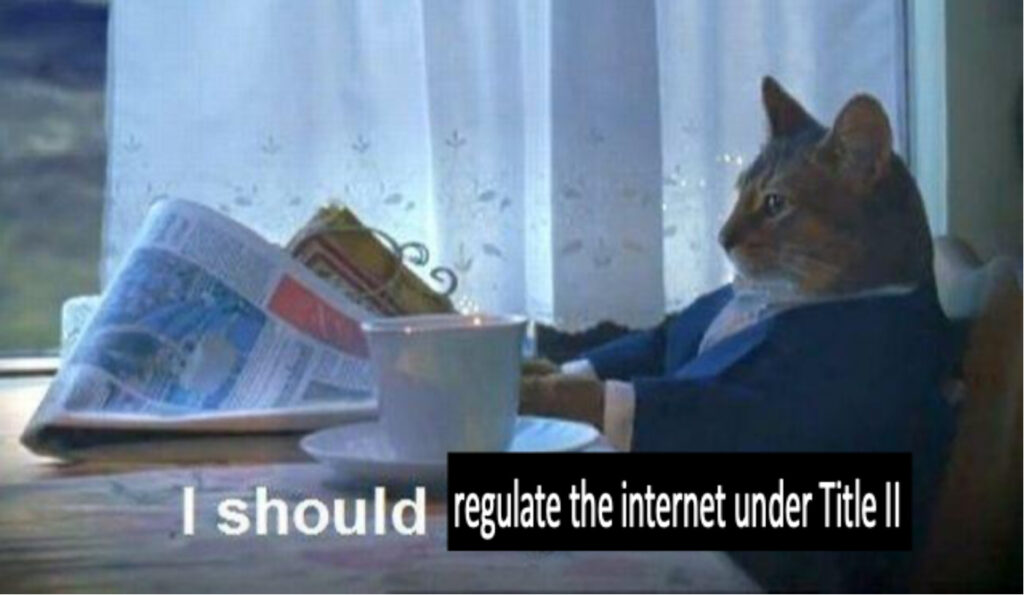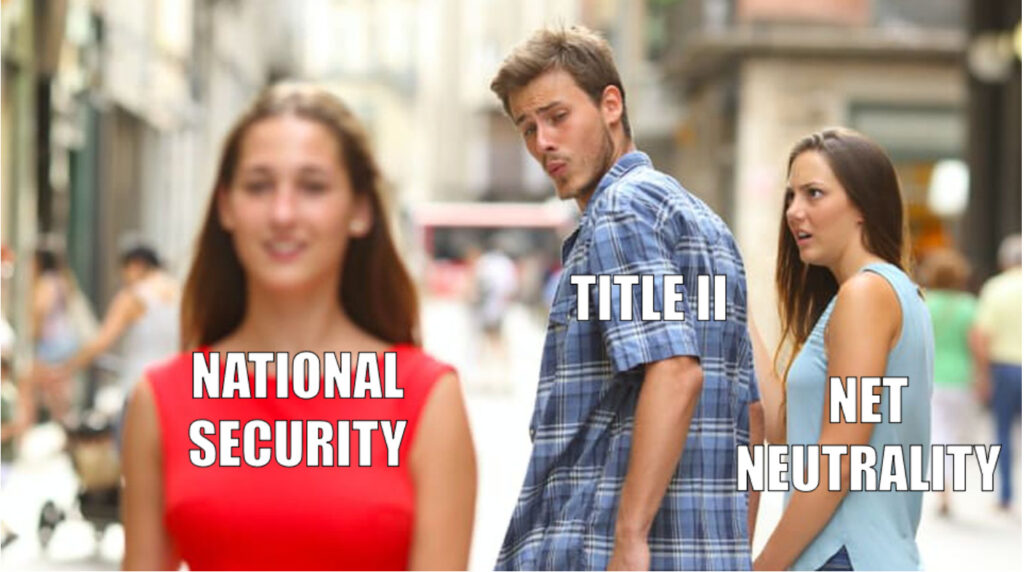
Federal Communications Commission (FCC) Chair Jessica Rosenworcel announced plans last week for the commission to vote Oct. 19 on whether to take the first steps toward reinstating Title II regulations on broadband providers. Two days later, the FCC issued a notice of proposed rulemaking (NPRM) for the Safeguarding and Securing the Open Internet (SSOI) order.
If adopted, the new rules would revive much of the Open Internet Order (OIO) the commission passed in 2015 under former FCC Chairman Tom Wheeler. That order classified broadband-internet service as a Title II telecommunications service under the Communications Act, treating many broadband services as public utilities. This allowed the FCC to impose common-carrier obligations on internet service providers (ISPs), including bans on blocking or throttling lawful content, paid prioritization of content, and other practices seen as contrary to so-called “net neutrality” principles.
The Trump-era FCC overturned these rules in its Restoring Internet Freedom Order (RIFO) in 2018, reversing the Title II classification and taking a hands-off approach to ISP oversight. But Rosenworcel—a Democrat who favored the 2015 rules—now has an FCC majority to revisit the issue in the wake of Anna Gomez’s Senate confirmation. For her part, Gomez served as a counselor to Wheeler when the commission voted to approve the 2015 order.
If approved, the SSOI would apply to broadband-internet-access services, which includes both fixed and mobile broadband connections.
Some see this latest effort as a do-over of 2015. For example, attorneys at Davis Wright Tremaine say the proposed new rules are “effectively identical” to the Open Internet Order. The American Enterprise Institute’s Daniel Lyons invoked Justice Antonin Scalia’s observation of bad policy as a “ghoul in a late night horror movie that repeatedly sits up in its grave and shuffles abroad, after being repeatedly killed and buried.” Our own Hootenanny recalled the smash hit sequel “Breakin’ 2: Electric Boogaloo.”

But in some key ways, the SSOI differs—and expands upon—yesteryear’s Open Internet Order. National security replaces net neutrality as the cause de jour for Title II regulation. In 2015’s order, “net neutrality” was mentioned nearly 70 times. In contrast, the recent NPRM uses the term only a half-dozen times: once in the text and the rest in only two footnotes. The Open Internet Order mentioned “national security” only three times, while the NPRM uses the term 62 times.
In addition to national security, the FCC’s NPRM provides several new justifications for sweeping regulation of broadband-internet access:
- COVID-19: “[T]he COVID-19 pandemic and the rapid shift of work, education, and health care online demonstrated how essential broadband Internet connections are for consumers’ participation in our society and economy.”
- Federal spending on provider investments and consumer subsidies: “Congress responded by investing tens of billions of dollars into building out broadband Internet networks and making access more affordable and equitable, culminating in the generational investment of $65 billion in the Infrastructure Investment and Jobs Act.”
- The need for a uniform national regulatory system: “[T]his authority will allow the Commission to protect consumers, including by issuing straightforward, clear rules to prevent Internet service providers from engaging in practices harmful to consumers, competition, and public safety, and by establishing a uniform, national regulatory approach rather than disparate requirements that vary state-by-state.” As we have previously noted, Rosenworcel has set up California as the bogeyman of states for going their own way on internet regulation.

There is one obvious and commonsense problem with the FCC’s reasoning, which is that it’s at odds with the way history unfolded. The commission proposes that demand for internet access during the COVID-19 pandemic serves as a justification for Title II regulation. Yet U.S. broadband providers’ responses to the steep increase in demand was a demonstrable success of broadband competition (especially compared with how networks abroad fared).
More perplexing, the FCC invokes congressional appropriations as justification for Title II regulation. The legislative process would, indeed, have been a perfect time for Congress to legislate net neutrality or common-carriage regulation, while it was debating the investment of tens of billions of dollars to encourage broadband buildout over the next decade or so. But no such provisions were included in the spending bills.
Even the FCC’s controversial digital-discrimination proceeding undermines the commission’s case here. Congress included a very terse statement that the commission should look into impermissible discrimination in broadband deployment, but gave zero indication that it wanted Title II reclassification to serve as a remedy, even if such discrimination was found. In short, if Congress intended to regulate broadband internet under Title II, it had numerous opportunities to do so, but didn’t.
The biggest expansion of FCC power under the SSOI is the proposal to bring broadband-internet-access services under 47 U.S.C. § 214 (Section 214). Under Section 214, carriers must be authorized by the FCC to provide domestic and international telecommunications services in the United States. This section, however, applies to common carriers, and thus does not apply to broadband-internet-access services under their current classification as Title I information services. In the original OIO, the FCC said it would forebear from applying Section 214 to broadband-internet access. The NPRM indicates that the FCC now seeks to exclude this portion of Title II regulation from forbearance.
A cynic might say that the differences between the SSOI and the OIO can be attributed to the current FCC majority having greater regulatory ambitions than their 2015 counterparts. The FCC, however, also must explain what has changed since the 2018 repeal to justify reimposing Title II regulation. Perhaps that is why the new proposal emphasizes national-security concerns over net neutrality, highlights the indispensability of internet access during the pandemic, notes the recent massive government investments in broadband infrastructure and adoption, and questions the efficacy of state-by-state regulation.
Thus, the big question is whether these new regulations and their justifications will survive an inevitable court challenge.




